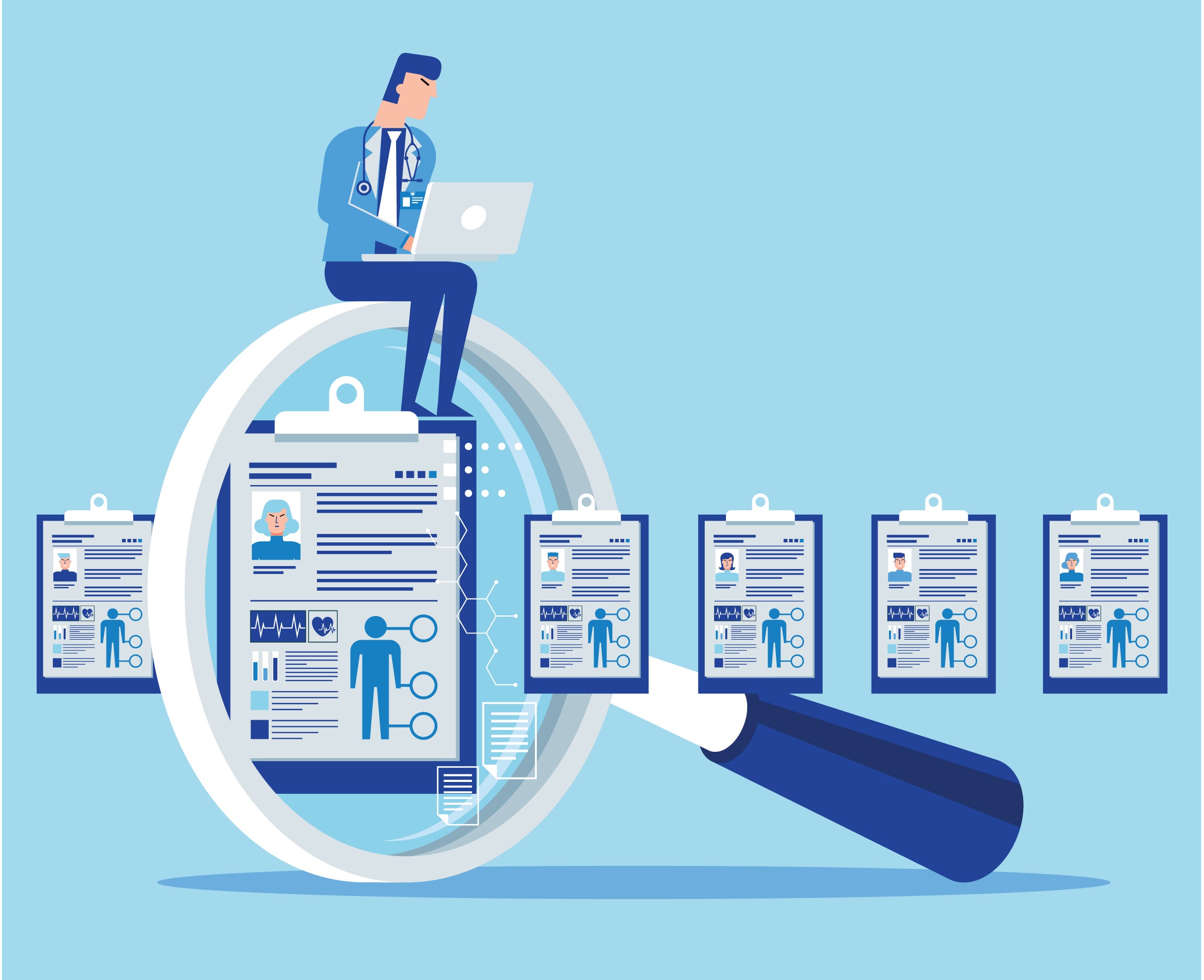Privacy in Practice: what you need to know
Filled with practical support for healthcare professionals, this education campaign is designed to help you recognise privacy risks, understand your legal obligations and protect your patients and your practice.


A message from Avant Chief Medical Officer Professor Steve Robson
In this short video, Professor Steve Robson, our Chief Medical Officer, explains why privacy is a critical issue in healthcare, and why it matters now more than ever. With privacy breaches continuing to be one of the most common medico-legal risks, even small mistakes can have serious consequences.
Professor Robson also highlights recent changes to Australia’s Privacy Act, including tougher penalties, new rights for individuals, and stricter obligations for healthcare providers. These reforms make it essential for every doctor to stay informed and compliant.
This section focuses on understanding how privacy breaches occur, why they matter, and the practical steps you can take to prevent them.
The hidden cost of patient privacy in practice
Even routine interactions in busy clinical settings can lead to serious privacy breaches. This article explores how every-day lapses – often unintentional – can compromise patient trust and offers practical strategies to help doctors protect sensitive information and uphold privacy standards.
The real cost of a privacy breach
Privacy breaches in healthcare can have far-reaching consequences - not just legally, but professionally and personally. This article explores real cases where lapses in judgment led to fines, reputational damage, and career setbacks, highlighting why privacy must be treated as a shared responsibility across every healthcare setting.
Psychologist fined $5000 for failing to give patient access to their clinical records
Patients have a legal right to access their clinical records - but when a psychologist repeatedly denied a request without valid justification, it led to a privacy breach and a $5,000 penalty. This article unpacks the case and highlights the importance of understanding your obligations under the Privacy Act.
You’ll gain a solid understanding of your legal obligations under privacy law, how to manage patient consent appropriately, and how to safely handle health information.
